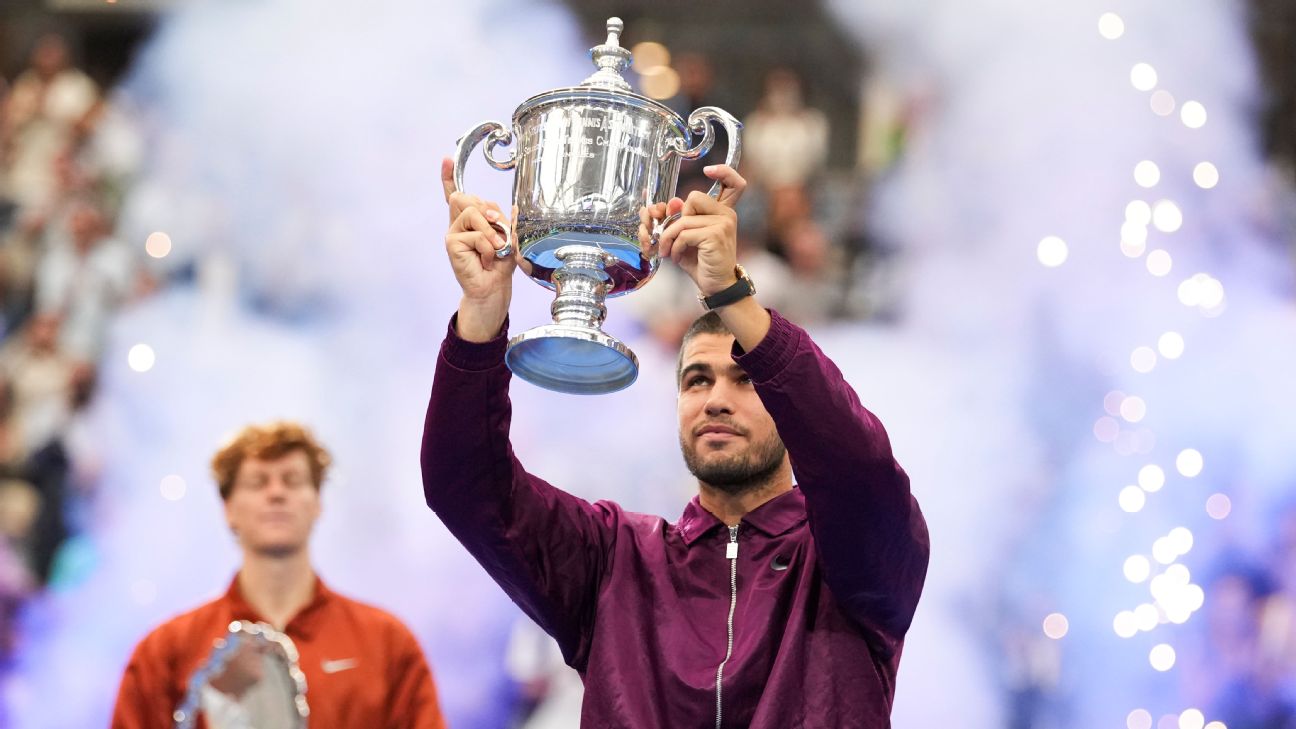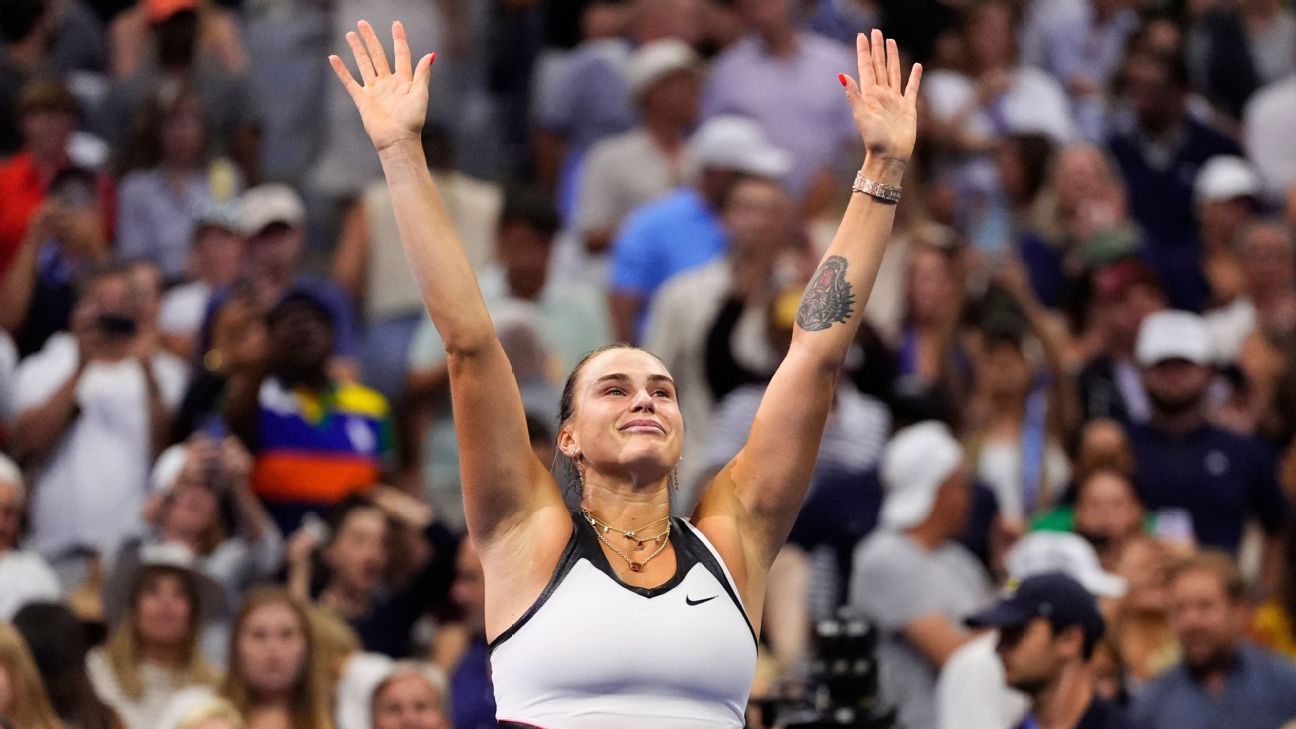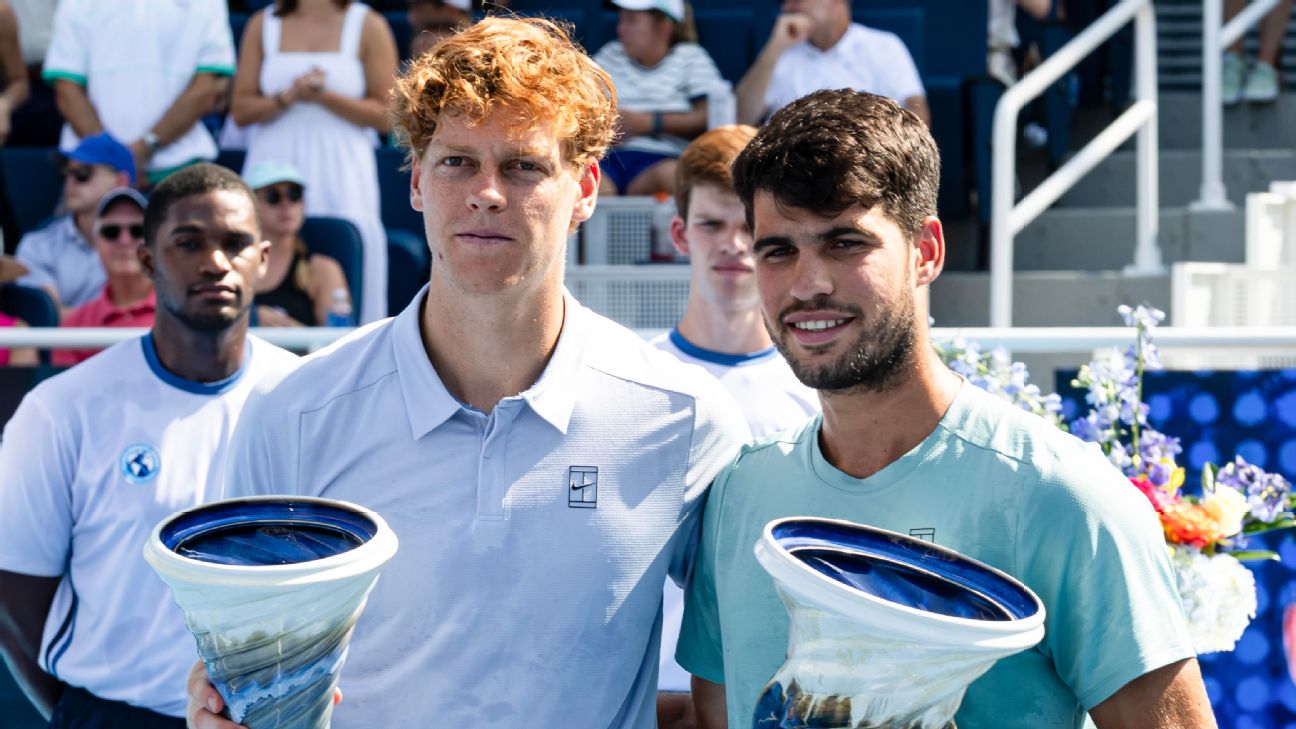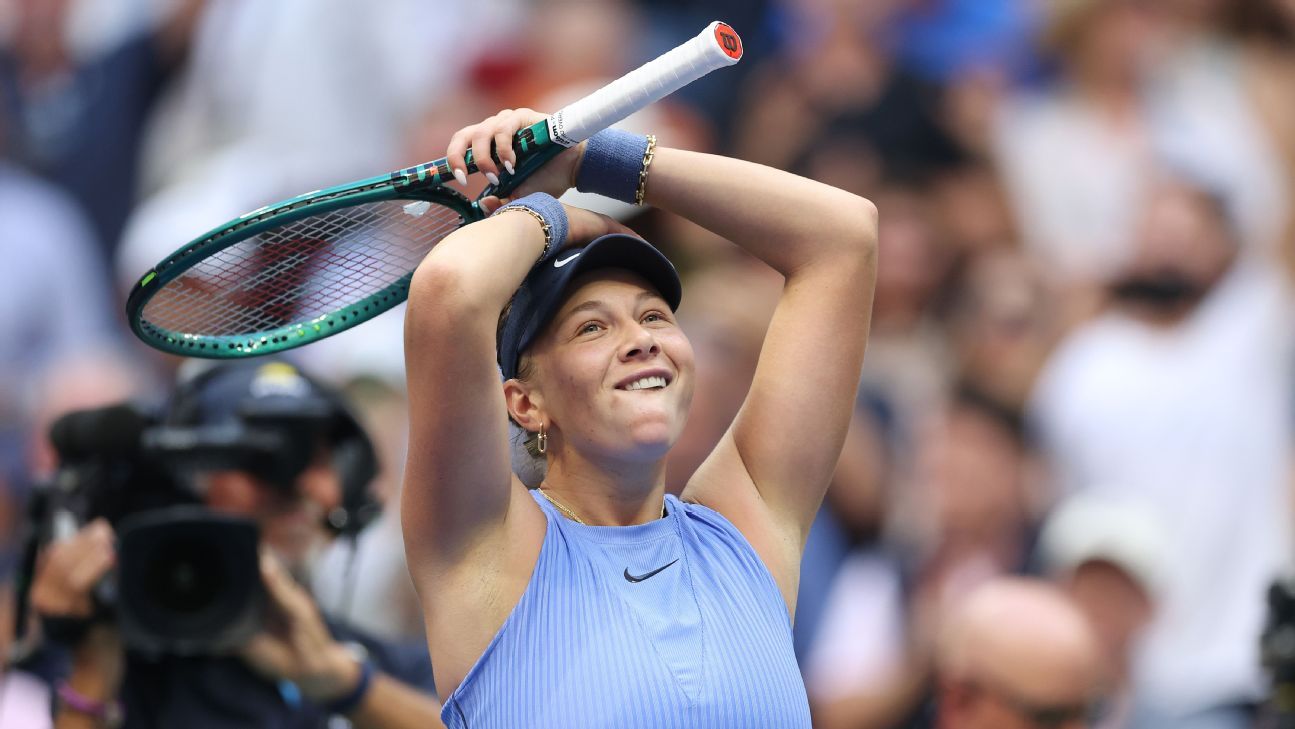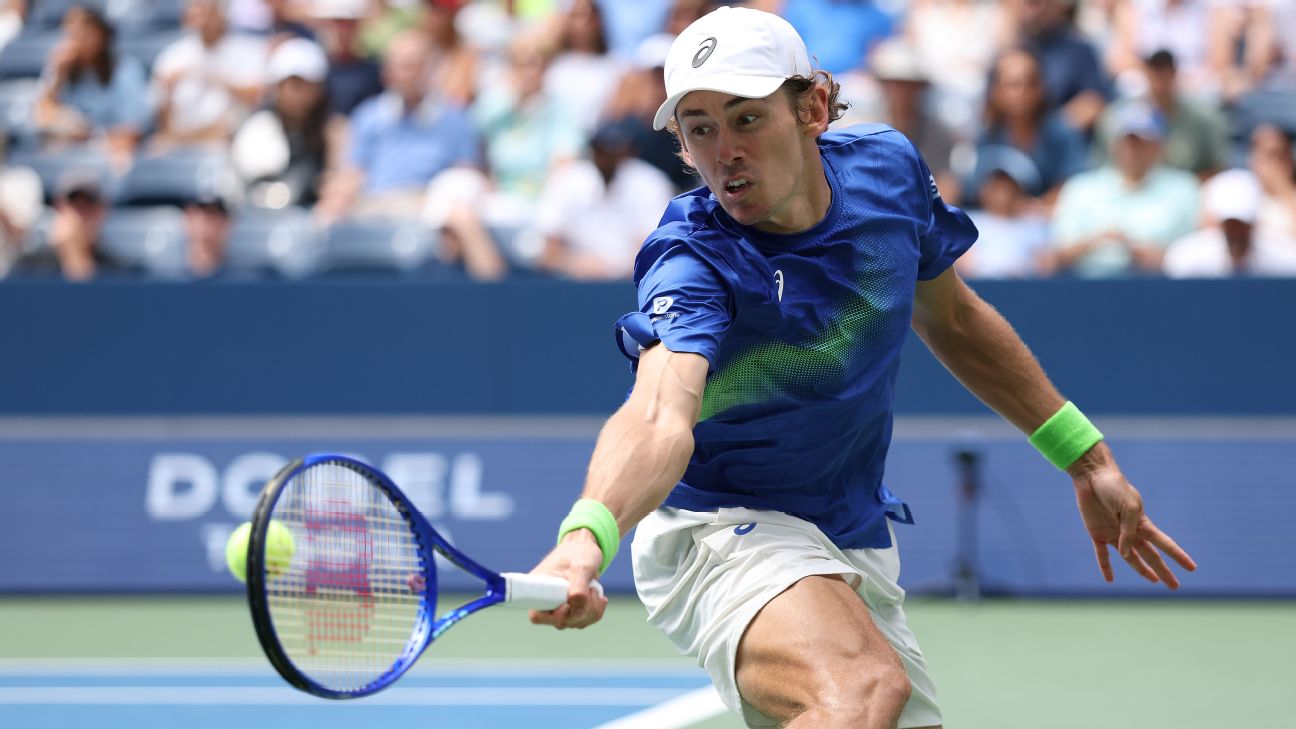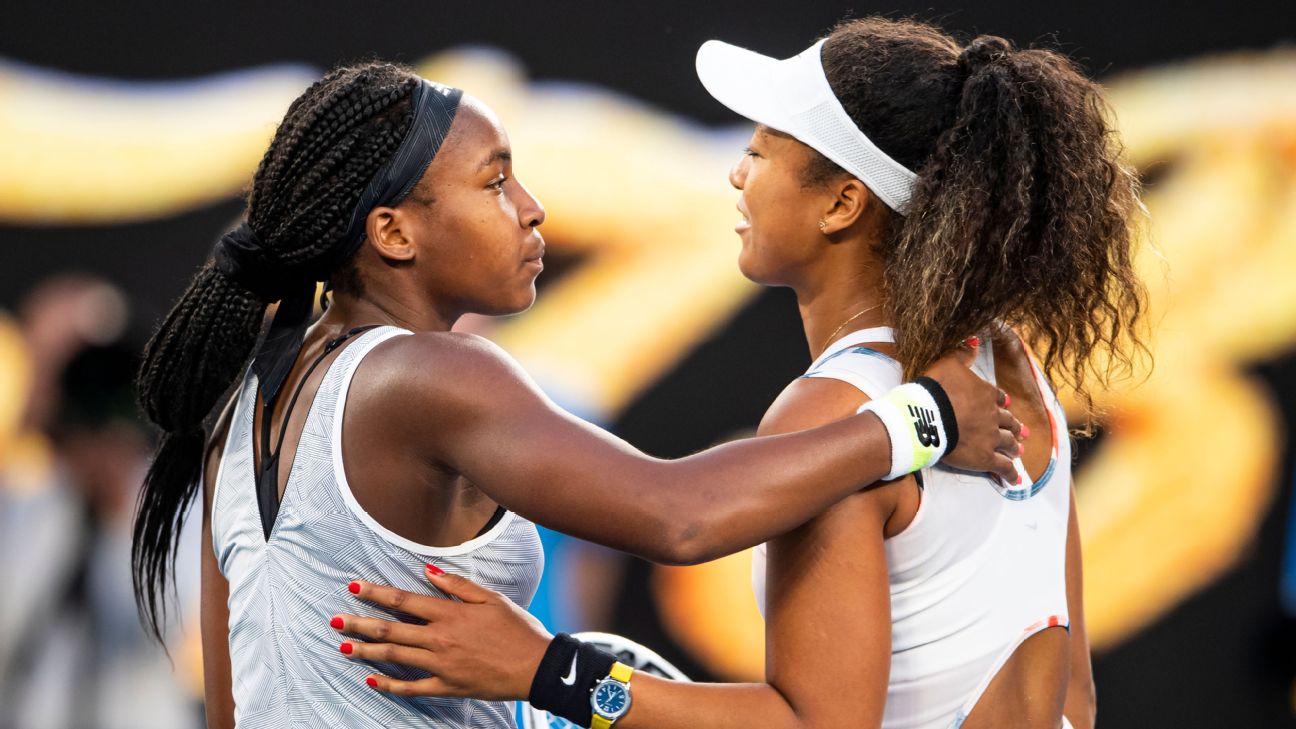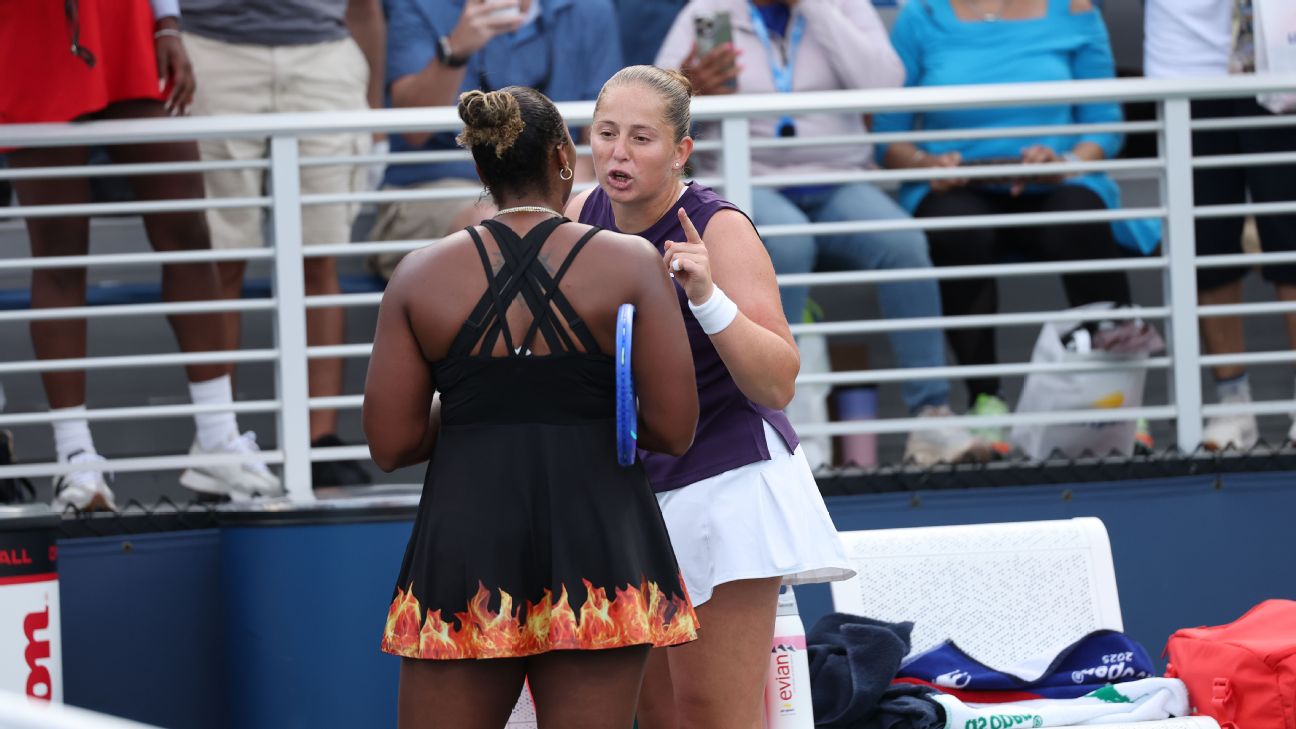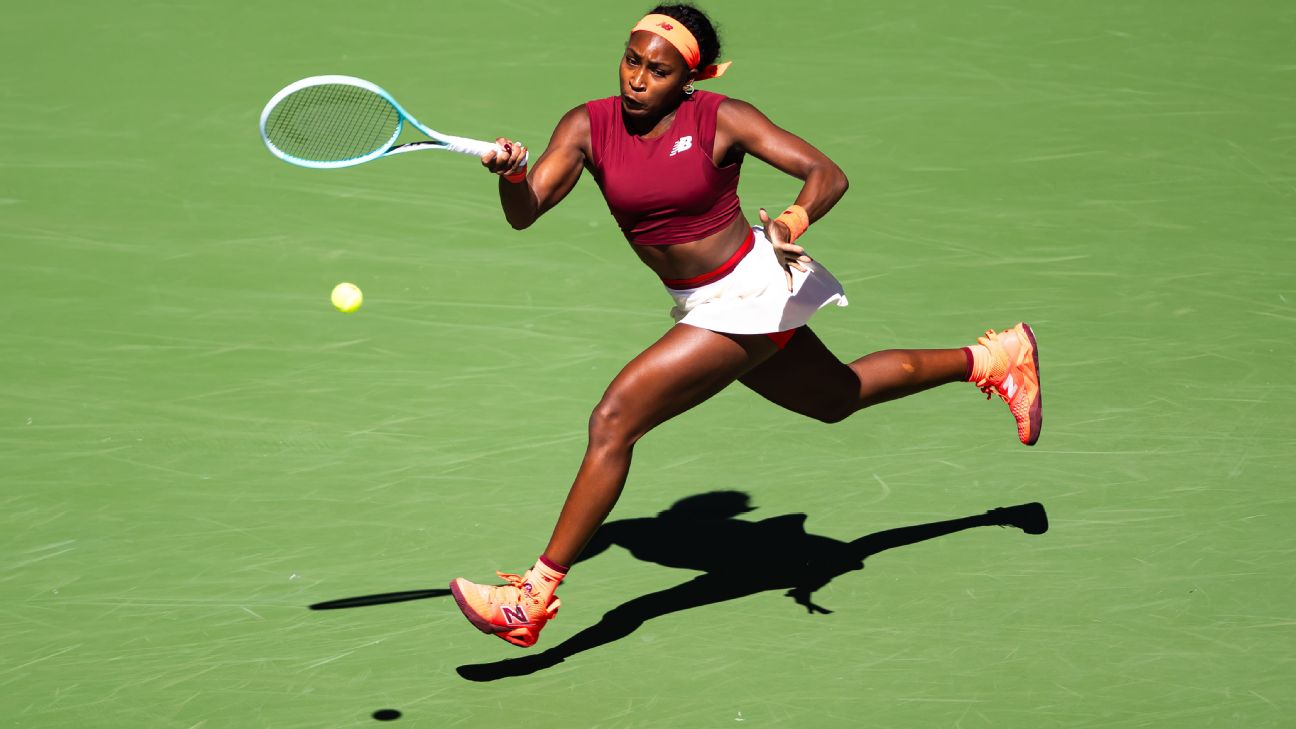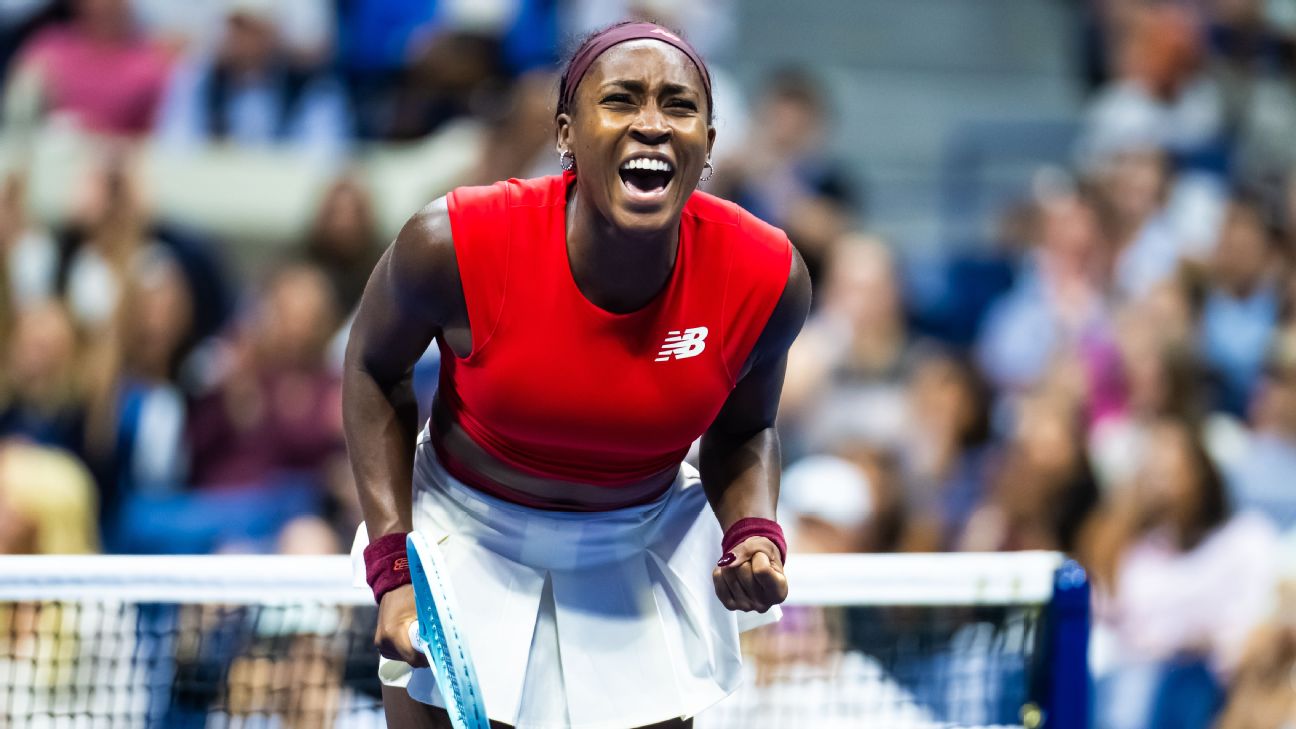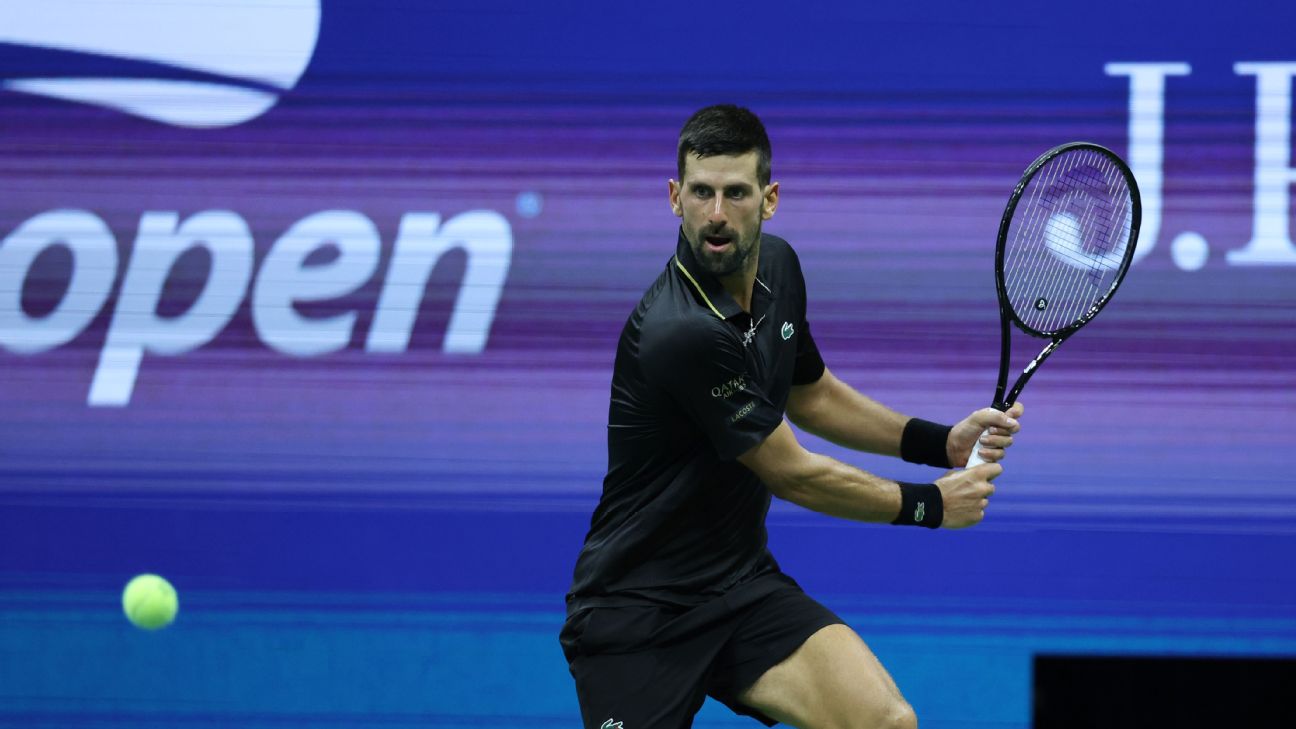The Strategic Mastery of Arthur Ashe: A Deep Dive into the 1975 Wimbledon Final
Explore the tactical brilliance of Arthur Ashe in his historic 1975 Wimbledon victory over Jimmy Connors and the pivotal advice he gave to Roscoe Tanner.
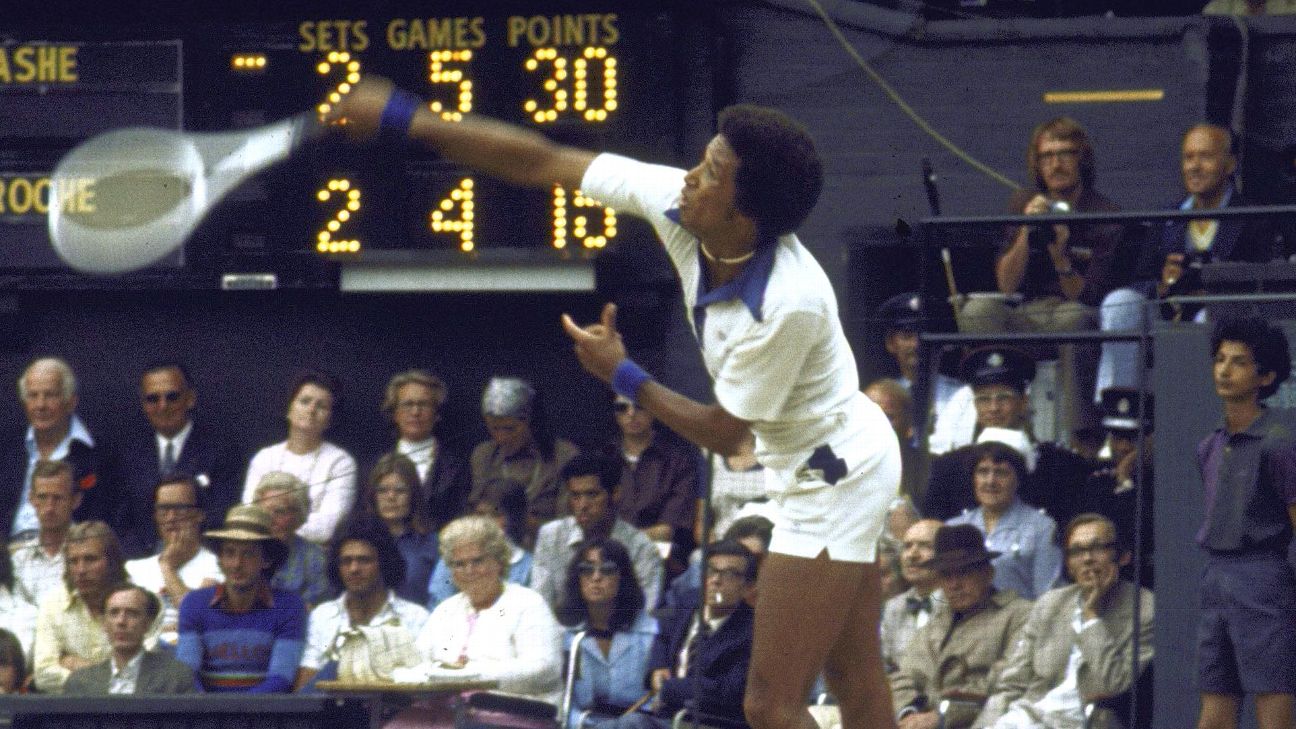
The 1975 Wimbledon final is remembered as one of the most strategic matches in tennis history. Arthur Ashe, known for his powerful serve and aggressive play, took an unconventional approach against the then-world No. 1, Jimmy Connors. Instead of relying on his usual strengths, Ashe employed a series of slow balls and clever slices, disrupting Connors' rhythm and leading to a remarkable 6-1, 6-1, 5-7, 6-4 victory. This win made Ashe the first and only Black man to claim the Wimbledon title.
Roscoe Tanner's Semifinal Struggle
Roscoe Tanner, another American player, found himself in a similar situation in the semifinals against Connors. On the eve of his match, Ashe offered Tanner some tactical advice. "Arthur told me to give Jimmy some 'junk,' use slow balls and play angles," Tanner recalled. Despite following Ashe's guidance, Tanner struggled initially, losing the first two sets. However, when he reverted to his natural aggressive style, he managed to push Connors in the third set, eventually losing 6-4.
Ashe's Hidden Strategy?
Some speculated that Ashe's advice to Tanner might have had a hidden agenda, especially since Tanner had defeated Ashe in the previous year's Wimbledon. However, Tanner himself dismissed these notions, praising Ashe's strategic genius. "Arthur played a cat and mouse game with Jimmy, and it worked perfectly," Tanner said. "Jimmy likes to feed off your power, but Arthur kept him guessing."
Tanner's Redemption
The following year, Tanner faced Connors again, this time in the quarterfinals. Learning from his previous experience, Tanner stuck to his natural game and defeated Connors in straight sets. This victory was a testament to the importance of playing to one's strengths, a lesson Tanner had learned the hard way.
Legacy of the 1975 Wimbledon
Ashe's victory in 1975 remains a landmark moment in tennis history, not just for its strategic brilliance but also for its cultural significance. His ability to adapt and outthink one of the greatest players of his era continues to inspire players and fans alike.












